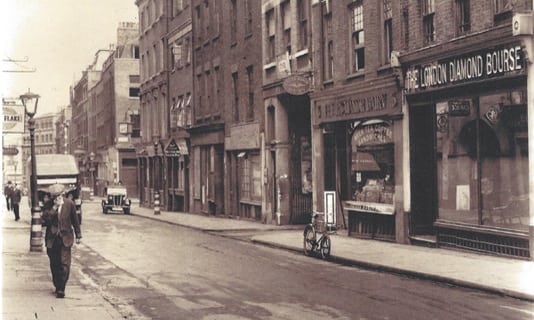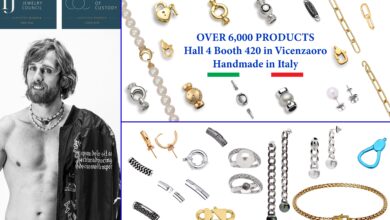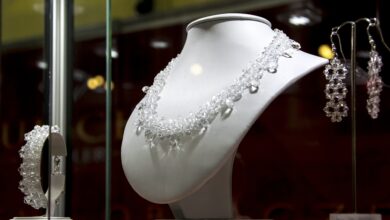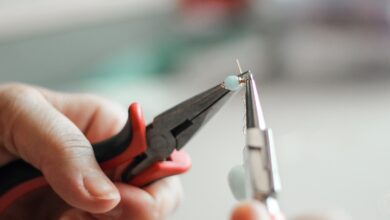ARCHIVE: London Diamond Bourse – ‘No ordinary trading floor’

It is said that 85 per cent of the UK’s imported diamonds go through the London Diamond Bourse. The first journalist allowed through its doors in 20 years, Michael Northcott finds out what goes on behind those security gates.







